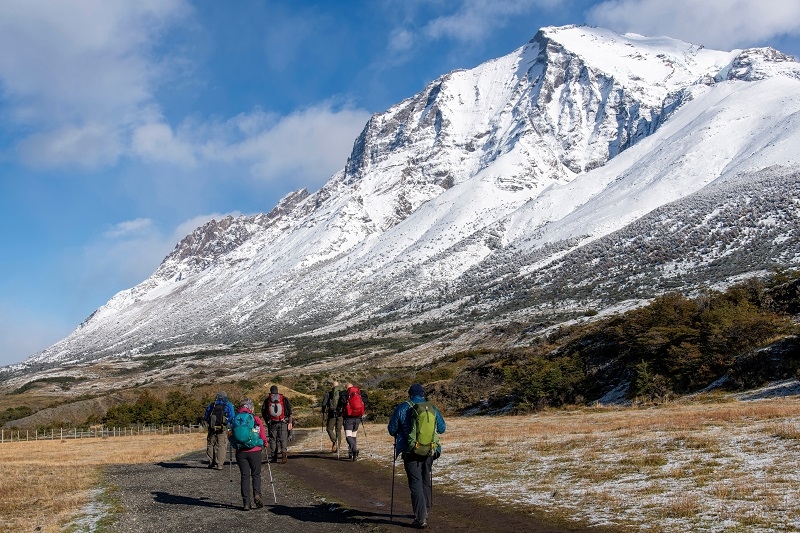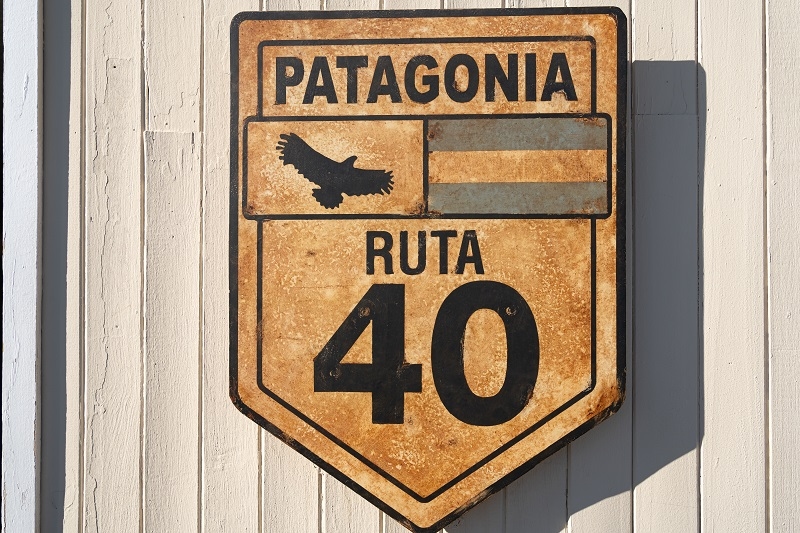
Patagonia is a land of extremes—jagged peaks, turquoise glacial lakes, vast pampas, and winds that sweep across a rugged, untouched wilderness. While the region is famous for icons like Torres del Paine and Fitz Roy, there are still countless Patagonia trekking routes where solitude is more common than selfie sticks. For adventure travelers wishing to hike Patagonia Argentina free from the crowded tour groups, this definitive guide reveals Patagonia's best-kept secrets, insider tips, and how to see Patagonia off the grid.
In this ultimate guide, we will highlight some of the most remote Patagonia trekking routes, share some tips for hiking Patagonia Argentina, discuss the best time for Patagonia hikes, and provide expert Torres del Paine tips for anyone who is willing to venture away from the beaten path. Whether you’re an experienced backpacker or a courageous first-time hiker, Patagonia will not disappoint if you’re willing to go beyond the typical route.
We all love bucket-list experiences. Most travelers are in a hurry, with timelines pushing them towards iconic locations such as the W trek or Fitz Roy viewpoint at El Chaltén. It is understandable! However, if you seek raw wilderness and are willing to work for it, nothing beats a few days on remote Patagonia trekking routes. Beyond the rewards of silence, calmness, and beautiful scenery untainted by mass tourism, by stepping off of the beaten path on trekking routes in remote Patagonia we will provide you more experiences with local wildlife, less logistical nagging, and a chance to more seamlessly connect with Patagonian nature as it exists, rather than experiencing it through mass tourism lenses.
Remote Patagonia trekking routes don’t only come with quietude; you will genuinely experience remote trails, and discover undiscovered lagoons, undiscovered valleys, and cultural stories long past through mainstream tourism amnesia.
Patagonia's seasons are reversed from the Northern Hemisphere, so November to March is their busiest summer hiking season. But that also means crowded trails and booked campsites months in advance.
To experience Patagonia free of crowds, the best Patagonia hiking time is during the shoulder seasons:
Even in these months, Patagonia’s unpredictable weather demands proper gear. High winds, rain, and sudden temperature drops are common, so pack accordingly.
Below, we list several lesser-known Patagonia trekking trails that guarantee adventure far from other people.
Sometimes called the "Torres del Paine alternative," this 4-day circuit draws in trekkers looking for rugged topography featuring soaring basalt spires, electric-blue lakes, and more than a few challenging alpine passes. Unlike Torres, you’ll often hike for hours without seeing another soul.
This trail offers a wilder, more self-reliant experience. Campsites are basic, so bring all essentials including food and a water filter.
For the truly adventurous, Dientes de Navarino is the southernmost trekking route in the world. Located on Navarino Island near Cape Horn, this five-day trek traverses rugged ridgelines, windswept valleys, and silent lakes.
Be prepared for no amenities, no marked trails, and a total wilderness experience. This is the ultimate off-grid Patagonian travel.
If you’re based in El Chaltén but want to skip the crowds, hike out to Laguna del Diablo. This half-day or overnight trek leads to a peaceful glacial lagoon framed by peaks and is rarely included on tour itineraries.
It's a great choice for the time-strapped but keen to venture off the beaten path in hiking Patagonia, Argentina.
This beautiful, remote trail begins close to the congested Fitz Roy trails but heads into unexplored regions. Hike the Río Eléctrico and on to Laguna Pollone, where you can enjoy pure panoramas and isolation.
Take a GPS or guide; the trail gets lost beyond the valley. Perfect for photographers and those seeking real off-the-map magic.

Even though the W trek captures most of the limelight, there are ample opportunities to experience Torres del Paine solo:
Some important Torres del Paine tips are to pre-purchase park entry, pack layered clothing, and plan for unpredictable weather. If you're considering a remote trek here, think about self-supported trips and wild campsites, rather than being reliant on established refugios.
To tackle remote Patagonia trekking routes, your gear can make or break the experience. Here's what to bring:
Remember to always follow Leave No Trace principles. Be sure to always take out all waste.
Should you want to venture on remote treks but still shower and consume real food from time to time, these small towns could serve you well as an excellent base:
These towns offer basic accommodation, gear rentals, and local expertise.
Whether you're after a multi-day conservation adventure or just a nice day hike, there is a trail for you in Patagonia. The biggest challenge is deciding which to do based on your level of experience, the amount of time you have, and your comfort level with solitude. To help, here is a short guide:
Patagonia has a trail that will fit any kind of trekker. For beginners who want a different trail to the iconic Torres del Paine, consider hiking to the serene Laguna del Diablo on an easy, one-day hike with very little foot traffic. Most trekking enthusiasts can handle the Cerro Castillo Circuit, which takes recreationalists 4–5 days to complete, with limited visitation to the area. The Dientes de Navarino trek is perfect for advanced trekkers who wish to enjoy true wilderness on a still challenging 5–6 day trek.
For photographers looking for a trek that is off the beaten path, try taking a one-day trek to Laguna Pollone through the Valle del Río Eléctrico, a fantastic trail that will produce unforgettable images. Alternatively, for those looking to disconnect totally, wild camp on the multi-day Lazo Weber Trail in Torres del Paine during the shoulder seasons of Patagonia when there are very few visitors and a sense of isolation.
If you want to explore the trekking routes of Patagonia away from the crowds, it will take more planning, perseverance, and curiosity, but it will be so worth it. From silent valleys to unexploited glacial lagoons, there are remote areas of Patagonia where you will come across few others you will ever have the chance to witness.
Whether you are keen to hike Patagonia Argentina, looking for the best times to hike in Patagonia, or are seeking Torres del Paine tips to hike off the grid, this guide is your guide to a deeper, wilder experience. Leave the ordinary. Get Lost. Explore Patagonia without the crowds.
This content was created by AI